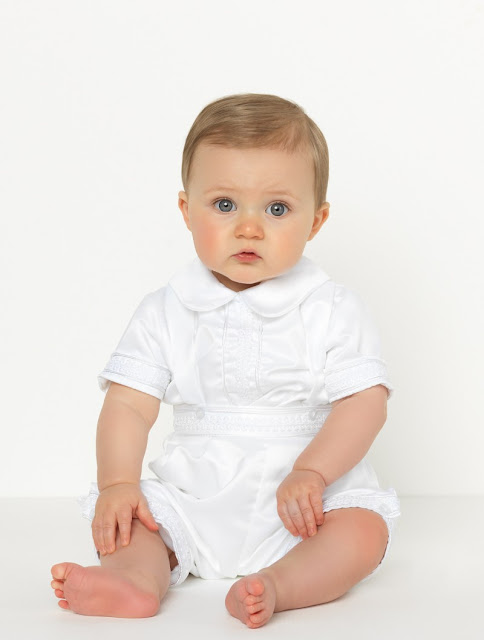The Basics Of 3D Printing
3D printing is a very fascinating form of manufacturing technology in my opinion. This technology allows for the creation of virtually anything! This form of manufacturing revolves around CAM, or computer aided manufacturing. This means that if a design can be created on a computer, it can be carried out and manufactured through the system within a 3D printer. Quite a few intricate parts can be designed through 3D software. Very organic curves, shapes, and hollow spaces can come about through this technology. Unlike machining, mold manufacturing, and other traditional forms of manufacturing, 3D printing creates products and pieces layer by layer - one small section at a time. These layers can be as small as 12 microns in some situations. The diameter of a human hair is around the size of 40 microns. That is pretty small!
The levels of detail are huge throughout 3D printing. Sure, there is quite a bit of variation, but some seriously detailed products can come about through 3d printing. Like I mentioned earlier, computer aided manufacturing systems within 3D printers can create models from computer designs, and computer designs can include a wide variety of intricate shapes. This layer by layer process allows for the creation of super intricate, curved, and organic pieces. Hollow spaces, functional parts, and phenomenal pieces like a ball within a ball can come into existence through the technology known as 3D printing.
Another interesting aspect of 3D printing would be the variety of materials that exist within this technology. There are quite a few material types to choose from; in fact, there are over 60! There is usually a specific material or two offered for almost every need in the manufacturing world. For mechanical parts, materials such as stainless steel, titanium, or Inconel exist to help. These metals can hold their own when withstanding heart, and offer great strength. Materials such as full color sandstone offers full color. Some artists have created intricate designs of character models. These models can feature an actual face! 3D scanning has been used to intercept the dimensions of faces and body parts, and 3D printing has been used to replicate these parts.
Precious metals also exist throughout 3D printing. Materials such as gold, platinum, sterling silver, and fine silver exist in this manufacturing world. Wax casting is also used quite a bit throughout the world of 3D printing. This technology essentially involves the creation of highly detailed wax pieces, and these pieces are then used within casting to create jewelry, and small detailed pieces.
Overall, there is quite a bit that 3D printing can do within the manufacturing world. There are tons of possibilities! Like I mentioned earlier, if a model can be created on a computer, it likely can be created on a 3D printer - out of one of over 60 materials!
The levels of detail are huge throughout 3D printing. Sure, there is quite a bit of variation, but some seriously detailed products can come about through 3d printing. Like I mentioned earlier, computer aided manufacturing systems within 3D printers can create models from computer designs, and computer designs can include a wide variety of intricate shapes. This layer by layer process allows for the creation of super intricate, curved, and organic pieces. Hollow spaces, functional parts, and phenomenal pieces like a ball within a ball can come into existence through the technology known as 3D printing.
Another interesting aspect of 3D printing would be the variety of materials that exist within this technology. There are quite a few material types to choose from; in fact, there are over 60! There is usually a specific material or two offered for almost every need in the manufacturing world. For mechanical parts, materials such as stainless steel, titanium, or Inconel exist to help. These metals can hold their own when withstanding heart, and offer great strength. Materials such as full color sandstone offers full color. Some artists have created intricate designs of character models. These models can feature an actual face! 3D scanning has been used to intercept the dimensions of faces and body parts, and 3D printing has been used to replicate these parts.
Precious metals also exist throughout 3D printing. Materials such as gold, platinum, sterling silver, and fine silver exist in this manufacturing world. Wax casting is also used quite a bit throughout the world of 3D printing. This technology essentially involves the creation of highly detailed wax pieces, and these pieces are then used within casting to create jewelry, and small detailed pieces.
Overall, there is quite a bit that 3D printing can do within the manufacturing world. There are tons of possibilities! Like I mentioned earlier, if a model can be created on a computer, it likely can be created on a 3D printer - out of one of over 60 materials!


